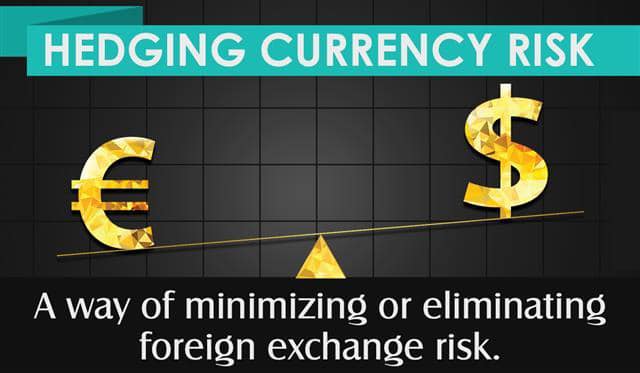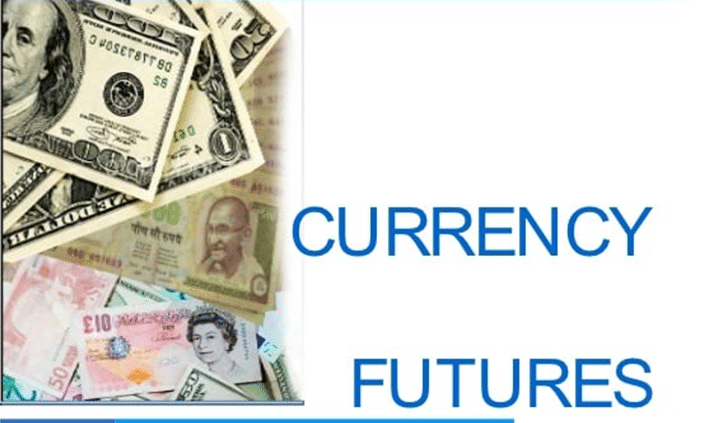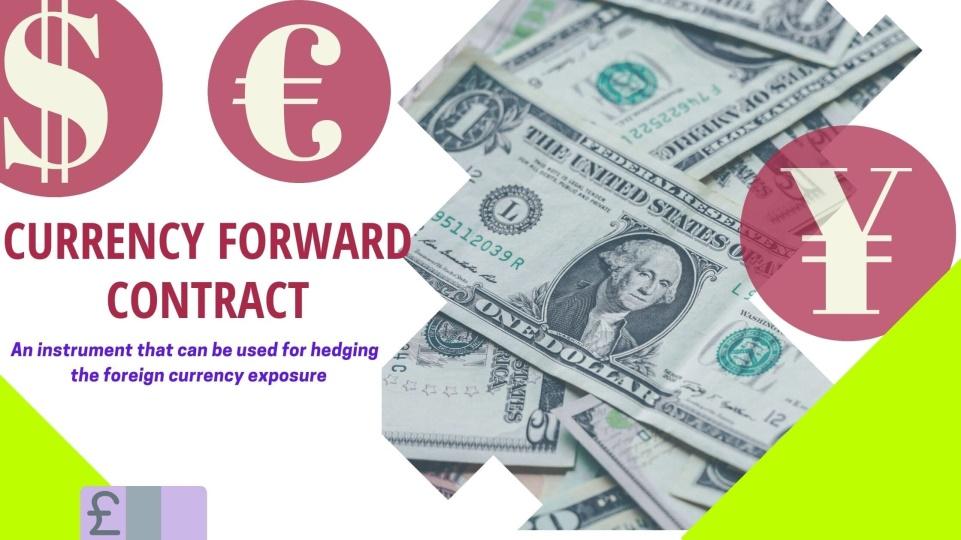A foreign exchange rate can either be fixed or floating. In the case of a fixed rate, the government or central bank ensures it fluctuates over a narrow band. In this case, it is not influenced by any market forces. In contrast, a floating one fluctuates according to forces of supply and demand and does not trade within any band.
The $6 trillion forex market is home to floating exchange rates involving various currency pairs. The fluctuations that come into play are a double-edged sword that can benefit or trigger significant risks for investors or companies engaged in international trades.

Market players hedge the currency risks by leveraging several strategies. One of the commonly used strategies involves locking in an exchange rate to be used in the future. The locking aspect can be achieved using various financial instruments.
Currency futures
As the name suggests, the financial product allows people to buy and sell a fixed amount of fiat at a set price in the future. In this case, the price does not change. Futures stand out for locking exchange rates partly because they are highly liquid and come with some of the lowest risks.

However, it is essential to note that they are binding agreements in which anyone who agrees to them must be ready to take delivery or unwind the trade before expiry.
The major downside to using futures is that they cannot be customized to a level that one wants. Additionally, they come with high leverage, which can pose significant risks if not properly handled.
Example
Consider a person in the US who wants to take a vacation in Germany and believes the entire trip will cost €250,000. On a closer look, at the exchange rate of 1EUR=$1.0800, the tourist believes this is the right time to convert the dollars as the euro has tumbled by, say about 10%.
Given that the vacation is six months away, the tourist can decide to lock in the prevailing exchange rate to avoid paying more if the euro strengthens when they embark on the trip.
To lock in the 1.080 interchange ratio, the tourist can leverage currency futures by buying two euro futures contracts. Given that the exchange contract costs €125,000, the tourist could buy two contracts to fix the exchange rate at 1.080. In this case, the American tourist will need just $270,000 to finance the trip
Now consider that after six months, the euro rallied against the dollar, and the exchange rate spiked to 1EUR=$1.20. Since the tourist bought the futures contract at 1.08, he will only pay $270,000 for delivery.
However, had he not bought the futures, he will have to part ways with (1.20 x 250,000) $300,000 to finance the vacation. The locking of the exchange rate has essentially saved the tourist $30,000.
If, after six months, the tourist no longer wants to go for the vacation, they could sell the futures contracts by using the prevailing market price. A profit will be in the offing if the prevailing interchange ratio is higher than the contracted 1.08 and a loss if it is lower.
The use of currency forwards
Currency forwards are only made available to large corporation’s institutions. They stand out as they can be customized to address underlying needs. In this case, they can be tailored regarding the amount to be converted and the maturity date.

However, given that they are traded over the counter, they are susceptible to counterparty risk. In addition, they are illiquid.
Example
Consider a UK company doing business in the US and expects $1 million as payment for services rendered. However, concerned that the British pound could strengthen against the greenback, resulting in it receiving fewer British pounds, the company could decide to lock the current exchange rate using currency forwards.
If the GBPUSD rate is 1.3000 and the company locks the price, the rate will apply when it receives the 1 million dollar payment after six months. In this case, the company will end up with about 769,230 pounds. If after six months the exchange rate has drifted to 1.4000, the company would have received £54,944 fewer pounds (1,000,000/1.4000) on changing using the spot rate.
Currency options
Unlike the other two options, currency options stand out partly because they give one the right but not the obligation to buy at the predetermined interchange rate. While the metric comes with a cost in the form of option premium, it might be a small price to pay compared to having to contend with an inflexible rate.

Example
Consider an investor who wants to shield himself against the euro appreciating against the dollar while also having the ability to buy it when it depreciates. In this case, the investor could buy call options on euro futures contracts, giving them the right to buy 125,000 euros at a 1.08. With a premium of 0. 0185, the cost of the purchase would be (125 x 0.0185) $2,312. For two contracts, the premium will be $4,625.
Converting the euros at the spot rate of 1.08, the investor will end up with $270,000. Say the euro was to appreciate to 1.20 against the buck, the investor would be able to hedge the risk using the options in play. Once it appreciates, the investor would be able to exchange using his new exchange rate, which will be the initial exchange rate plus the premium 1.08 + .0185 = 1.0985. The total cost will in this case be 1.0985 x 250,000 = $274,625. In contrast, exchanging at the prevailing 1.20 spot rate would result in $300,000. In this case, the investor would end up saving $25,375
The use of exchange-traded funds
Additionally, one can lock a particular exchange rate with the help of currency exchange-traded funds. The downside to this strategy is that such ETFs come with a management fee, increasing the cost of trying to hedge. Slippage is another big issue while dealing with these financial hedging instruments.
Bottom line
While exchange rates are constantly fluctuating in the trillion-dollar marketplace, it is still possible to lock in a preferred interchange ratio. Currency futures, options, and forwards are ideal for converting large amounts, while ETFs are perfect when planning to convert small amounts.




